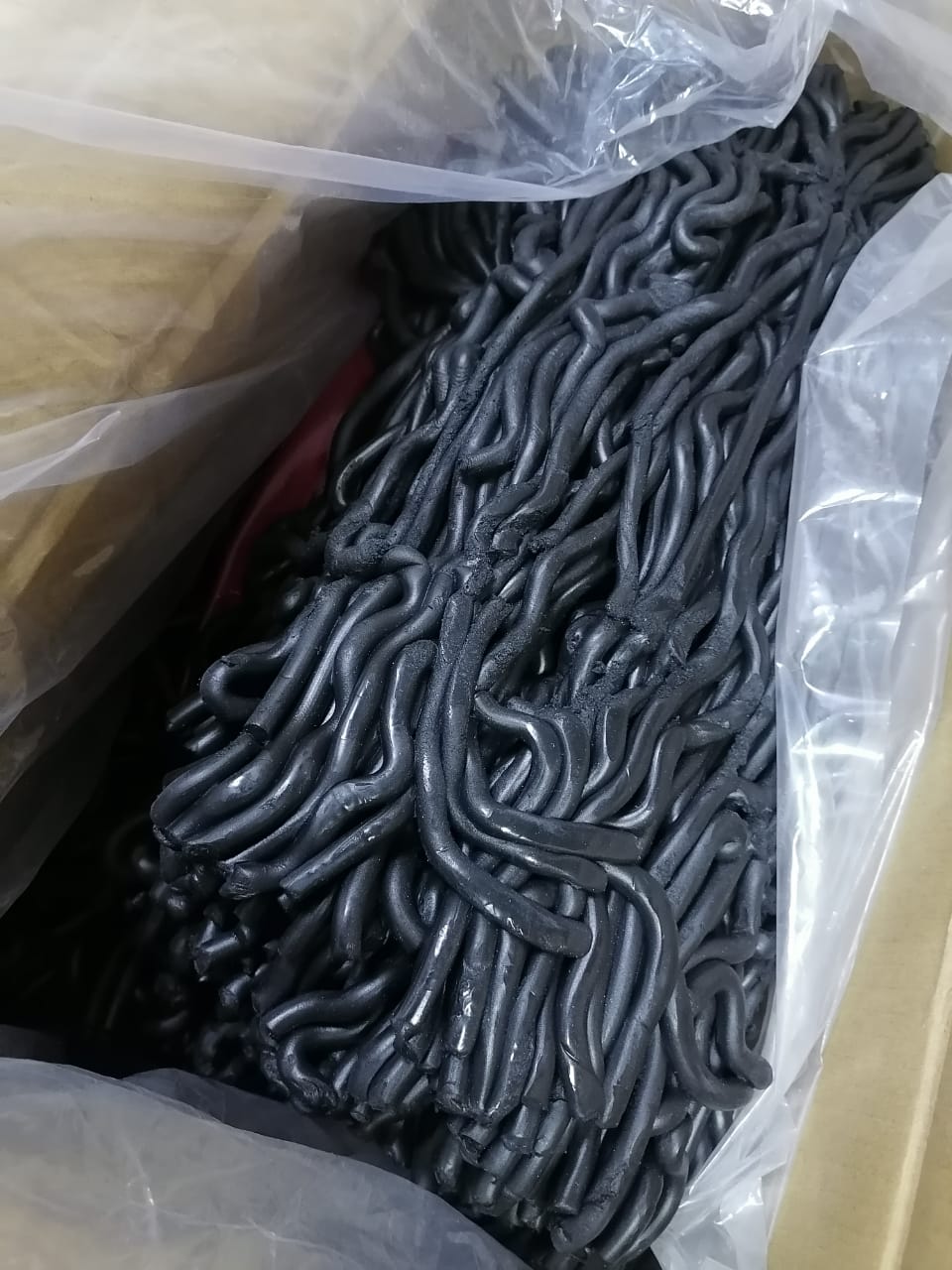Application of special rubber in automotive sealing products

According to statistics, a car needs to use more than a dozen kinds of rubber products and more than 100 kinds of rubber accessories, and the consumption of rubber accounts for about 70% of the world's rubber production. The severe environmental protection situation and the change of development concepts and development methods have made the attention of high-performance, environmentally-friendly special rubber increasing day by day. The automobile industry has strict requirements for rubber. In addition to its excellent performance, it must also have good high temperature resistance, oil resistance, wear resistance, etc. Special rubber has a dominant position in automotive rubber.
Fluorosilicone rubber
Fluorosilicone rubber is obtained by introducing a fluoroalkyl group or the like into the side chain of the silicone rubber to modify it. The thermal aging performance of fluorosilicone rubber is excellent, mainly because its main chain is a saturated silicon-oxygen bond, and its bond energy is much larger than the C-C bond energy. However, its heat resistance is reduced due to the addition of trifluoropropyl group. Trifluoropropyl group is easily oxidized at high temperature and produces harmful gas containing fluorine. The operating temperature of fluorosilicone rubber is generally not more than 288 ℃. Fluorosilicone rubber has excellent oil resistance and chemical corrosion resistance, and can maintain good sealing and gasket performance in the oily environment of -6 8 ~ 230 ℃. Fluorosilicone rubber has great advantages in extremely cold and extremely hot harsh environments. Its applications in automobiles are mainly: fuel system seals, O-rings of automobile engines and transmission systems, heating and cooling systems, turbocharged hoses etc. are widely used.
Fluororubber
Fluorine rubber is synthesized by introducing fluorine atoms into the main chain or side chain of the carbon chain. At present, more than 60% of fluorine rubber is used in automobile manufacturing, and its oil resistance, oxidation resistance and corrosion resistance are strong. In the 1950s, my country developed polyolefin fluororubber, and then developed perfluoroether rubber one after another. Fluorine rubber has excellent performance in high temperature and complex chemical environment. In automobiles, fluorine rubber is mainly used to prevent seals from being corroded in high temperature and other environments, and is used for crankshaft front and rear oil seals, engine valve stem seals, cylinder liners and clutches in seals, transmissions and various types of hoses. With the adjustment of domestic fuel structure, the variety of fluororubber is also increasing. The Fluorobon 97110 fluororubber developed by Dowty Company has a fluorine content far beyond the limit of general rubber. The fuel is very stable. After adding bisphenol for cross-linking, the fluororubber shows good alkali resistance, improves its mechanical properties after long-term contact with engine oil, etc., reduces the elongation rate of the breaking point, and greatly improves the performance of the seal.
Hydrogenated nitrile rubber
Hydrogenated nitrile butadiene rubber (HNBR) is a saturated elastomer formed by hydrogenation of nitrile butadiene rubber. The high degree of saturation makes it have good heat resistance, chemical corrosion resistance and oil resistance. In addition, HNBR also has good mechanical strength. In recent years, the large-scale development of mixed fuels such as ethanol gasoline has faced many challenges for automotive rubber, while HNBR has strong adaptability to mixed fuels and has strong stability among many additives. The oxidation resistance of HNBR makes it more suitable for automobile fuel system seals, automobile compartment sealing rubber, various sealing rings and oil-resistant rubber hoses, especially for high-end automobile sealing parts. HNBR manufacturers mainly include Germany's Lanxess Corporation and Japan's Zone, etc. The domestic Lanhua Company and Jihua Company have also achieved important results in the research of HNBR.
Acrylic rubber
Acrylic rubber is prepared by copolymerization of acrylate, which has excellent oil resistance and heat resistance. The saturated main chain structure of acrylic rubber gives it resistance to ozone attack, and the ester group it contains makes it have outstanding resistance to hydrocarbon oil swelling. Acrylic rubber is comparable to traditional nitrile rubber in terms of oil resistance, and the operating temperature is much higher than that of nitrile rubber, between 175 and 200 ° C, and its cold resistance and water resistance are relatively poor. It has outstanding advantages in high temperature and oily media, especially when exposed to high temperature. Acrylic rubber is generally used for automobile oil seals, mainly for oil seals of lubricating oil systems, shock absorption, and electrical insulating parts in contact with oil. In addition, it is also used in rubber parts that are resistant to ozone and weathering.

